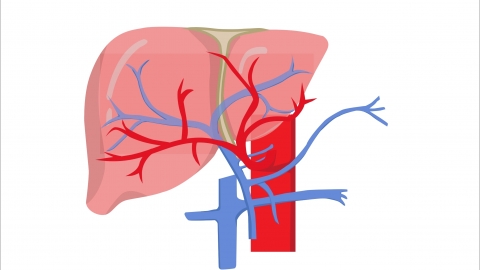What is considered a normal result for the five-item hepatitis B test?
Generally, the "five-item hepatitis B test" refers to a panel of five tests, including hepatitis B surface antigen (HBsAg), hepatitis B surface antibody (HBsAb), hepatitis B e antigen (HBeAg), hepatitis B e antibody (HBeAb), and hepatitis B core antibody (HBcAb). Normally, there are usually two possible outcomes: either all five markers are negative, or only the hepatitis B surface antibody is positive with the other four being negative. The detailed interpretation is as follows:

The five-item hepatitis B test is a serological marker used to detect the presence of hepatitis B virus in the blood. The normal reference ranges of these markers are of significant clinical value in determining whether an individual has been infected with hepatitis B virus and in assessing the current status and progression of the infection.
Among the five tests, the hepatitis B surface antigen is the outer protein coat of the hepatitis B virus. A positive result indicates infection with hepatitis B virus, whereas a negative result suggests no infection has occurred.
The hepatitis B surface antibody is a protective antibody. A positive result indicates immunity to hepatitis B virus, which may result from successful vaccination or from a previous infection that has resolved and led to antibody production.
The hepatitis B e antigen is associated with active viral replication. A negative result generally indicates relatively low viral replication activity. The hepatitis B e antibody is produced in response to the e antigen. Its presence usually indicates reduced viral infectivity. The hepatitis B core antibody reflects the status of hepatitis B virus infection. If only this marker is positive, it may indicate a past infection. When all markers are negative, it suggests no prior exposure to hepatitis B virus and no immunity. If only the hepatitis B surface antibody is positive, it indicates protective immunity.
In daily life, it is important to maintain good personal hygiene practices, such as avoiding sharing personal items like toothbrushes and razors that may lead to blood contact. It is also advisable to avoid undergoing invasive procedures such as tattooing or ear piercing at unregulated establishments to reduce the risk of hepatitis B virus infection.




